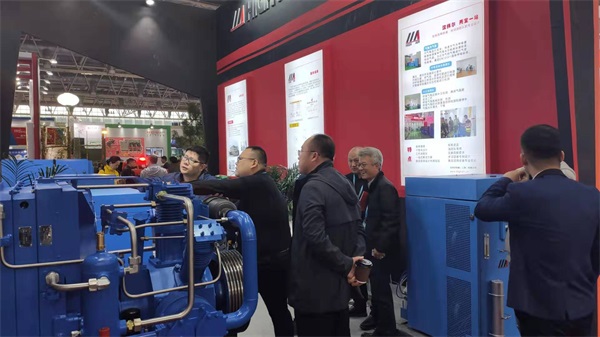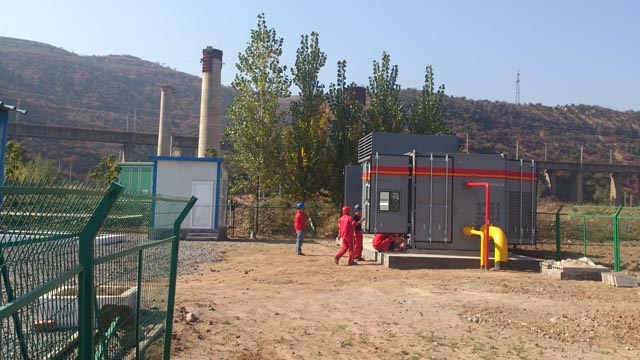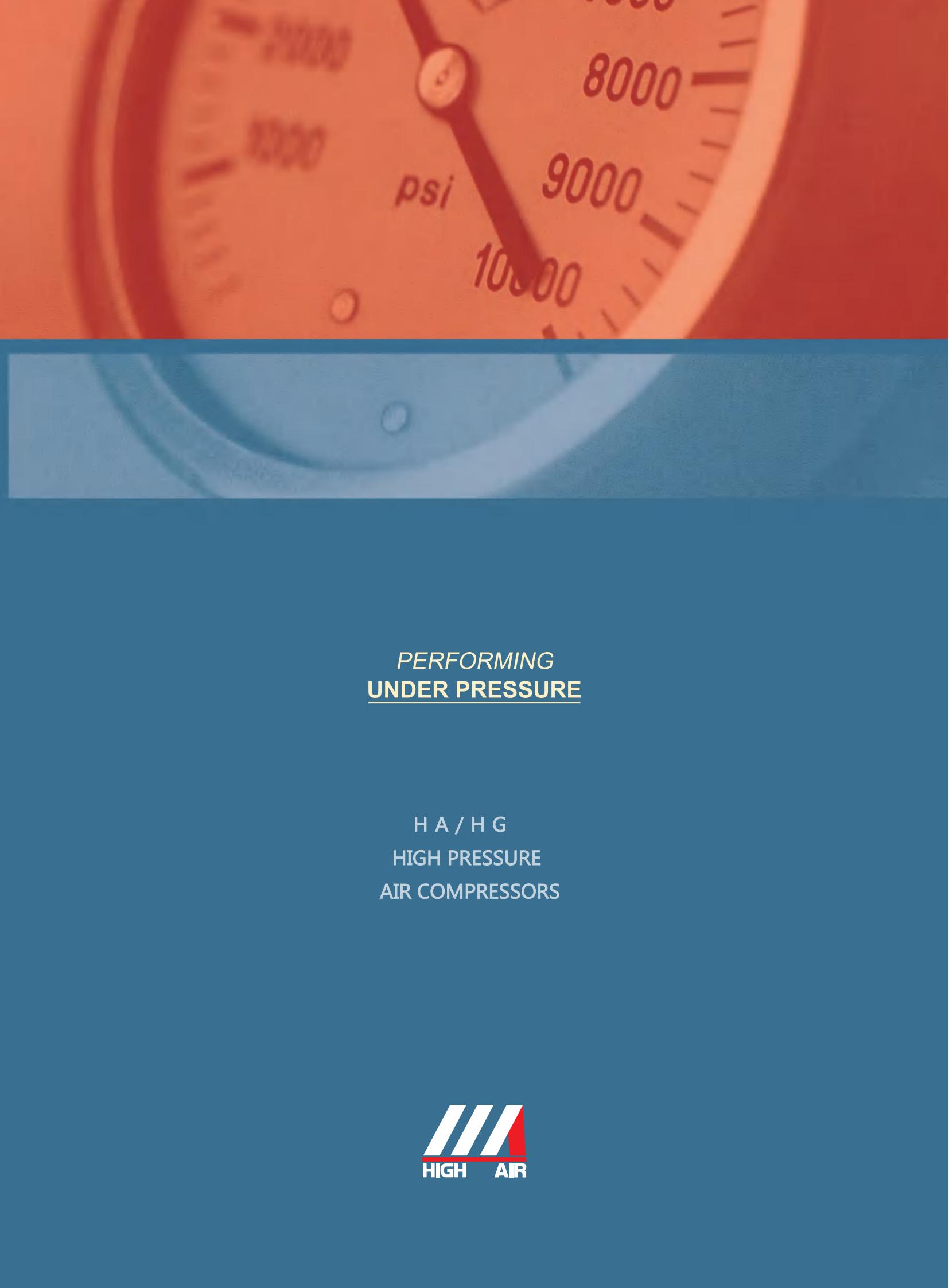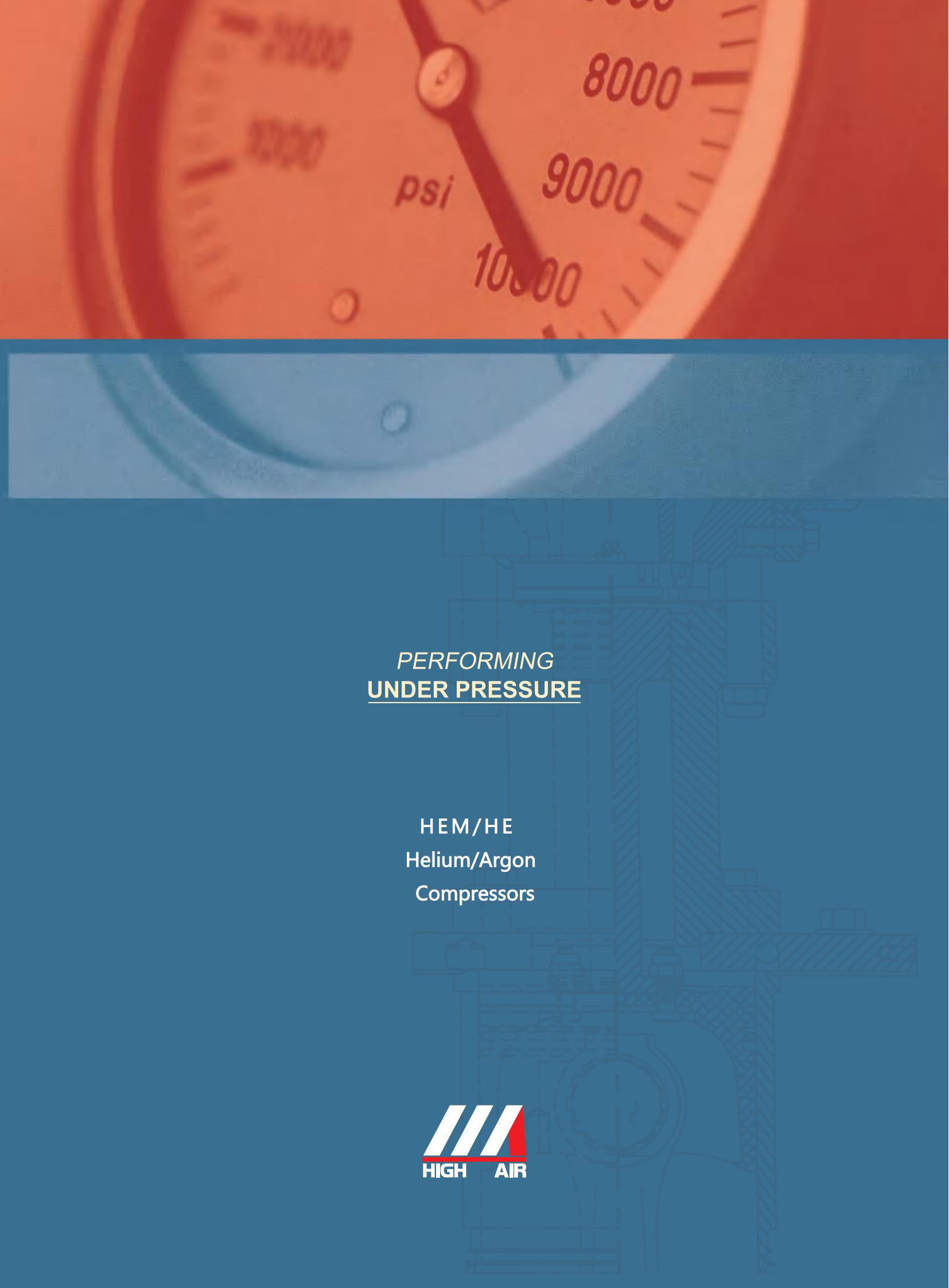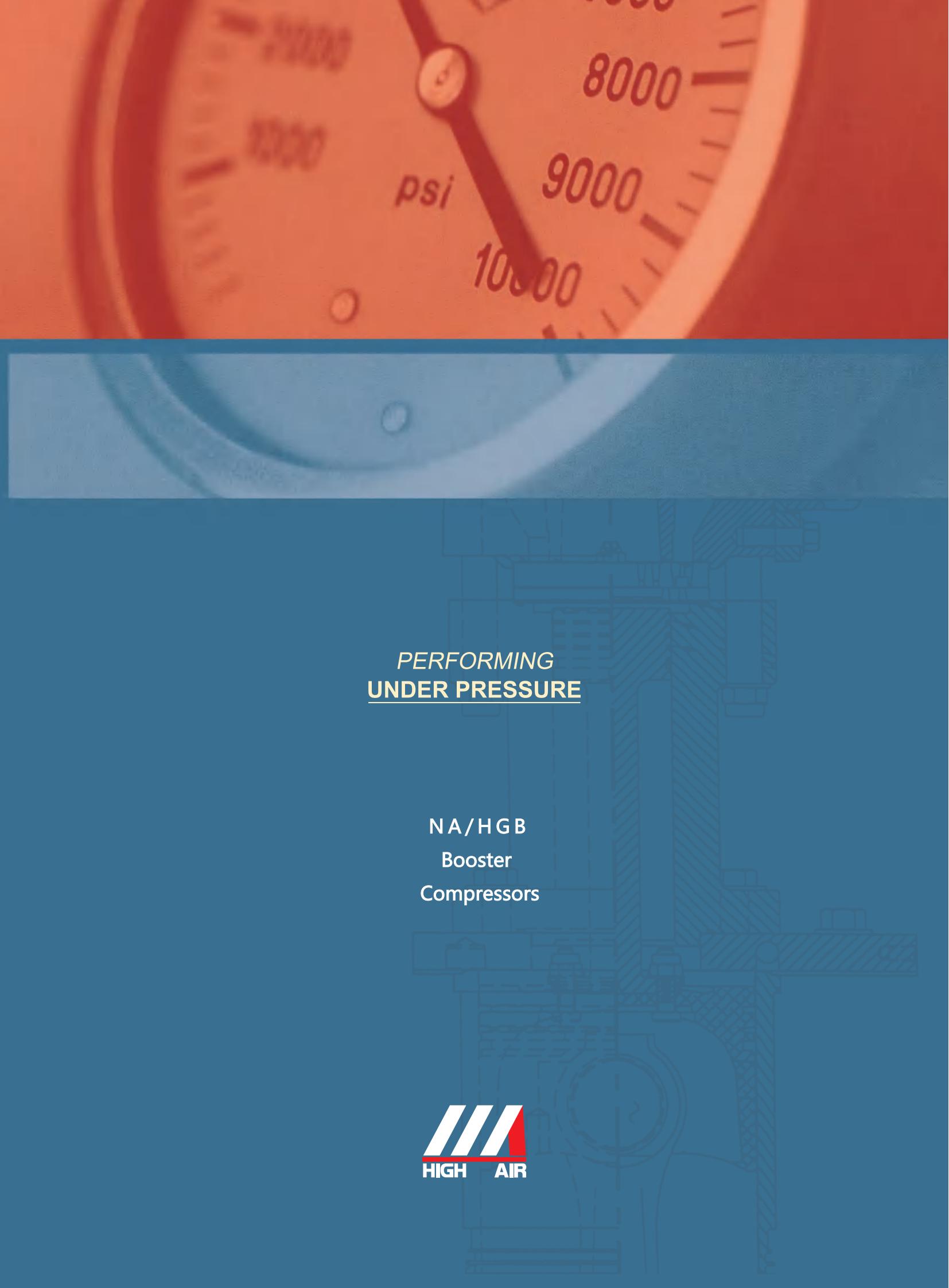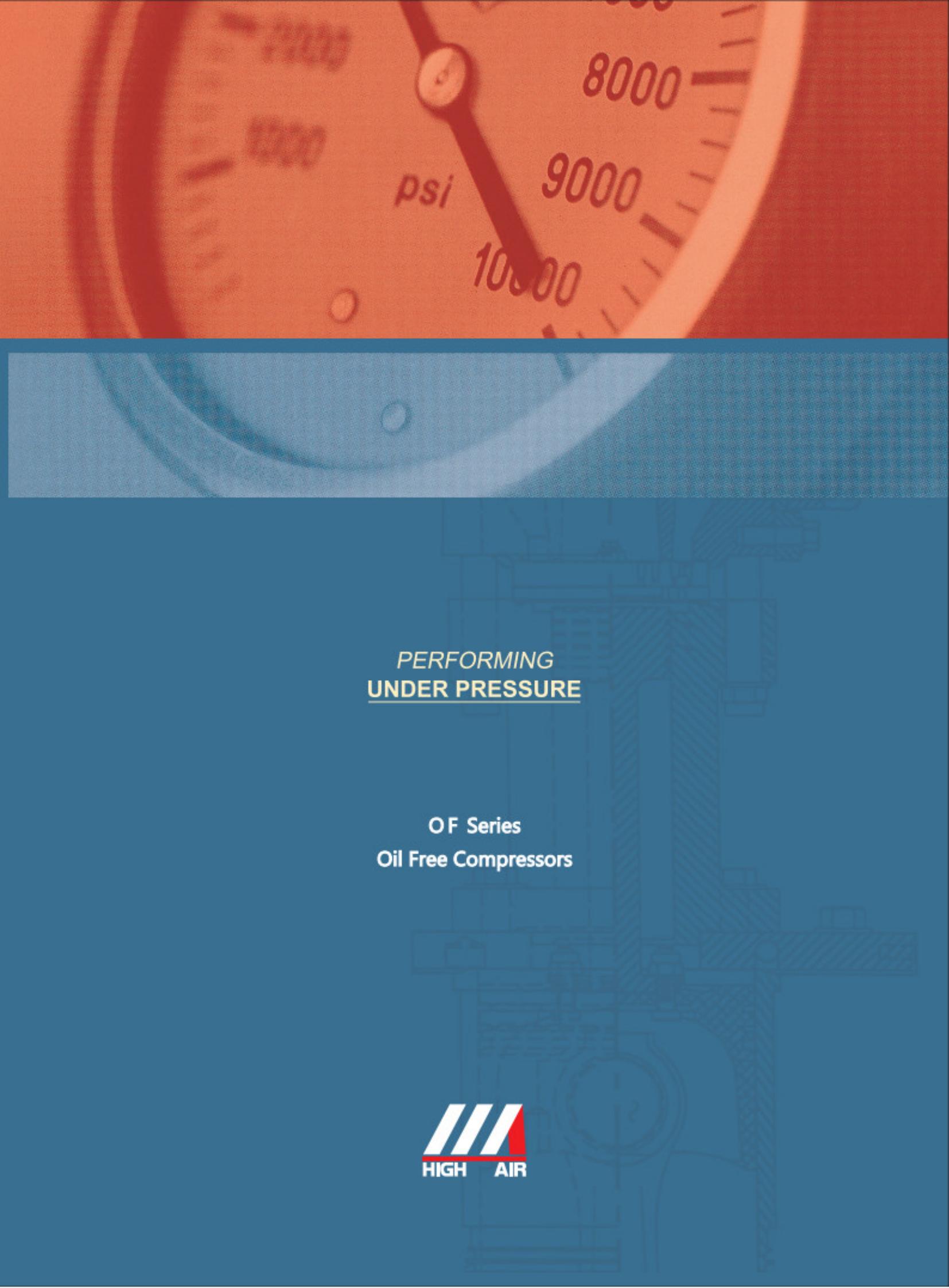Compression capacity of piston compressor of industrial compressor
Piston compressor is a compressor that relies on reciprocating motion of piston to pressurize and deliver gas.
It is a positive displacement compressor, also known as "reciprocating piston compressor" or "reciprocating compressor".
It is mainly composed of working chamber, transmission parts, machine body and auxiliary parts.
The working chamber is directly used to compress gas, and is composed of cylinder, cylinder liner, air valve, packing, piston and piston rod.
The piston is driven by the piston rod to reciprocate in the cylinder, and the volume of working chambers on both sides of the piston changes oppositely in turn. The gas is discharged through the air valve due to pressure increase on the side with reduced volume, while the gas is sucked in through the air valve due to pressure decrease on the side with increased volume. The transmission parts are used to realize reciprocating motion, including crankshaft connecting rod, eccentric slider and swash plate, among which crankshaft connecting rod mechanism is the most commonly used, which is composed of crosshead, connecting rod and crankshaft, etc.
Compressor power ranges from 0.75 kW to 420 kW (1hp to 563hp), and the generated working pressure ranges from 1.5 bar to 414 bar (21 to 6004psi).
Its typical applications are: gas compression (CNG, nitrogen, inert gas, landfill gas), high-pressure air (breathing air for respirator cylinders in water, seismic survey, pneumatic circuit, etc.), PET bottle blowing, engine starting, and industry.

